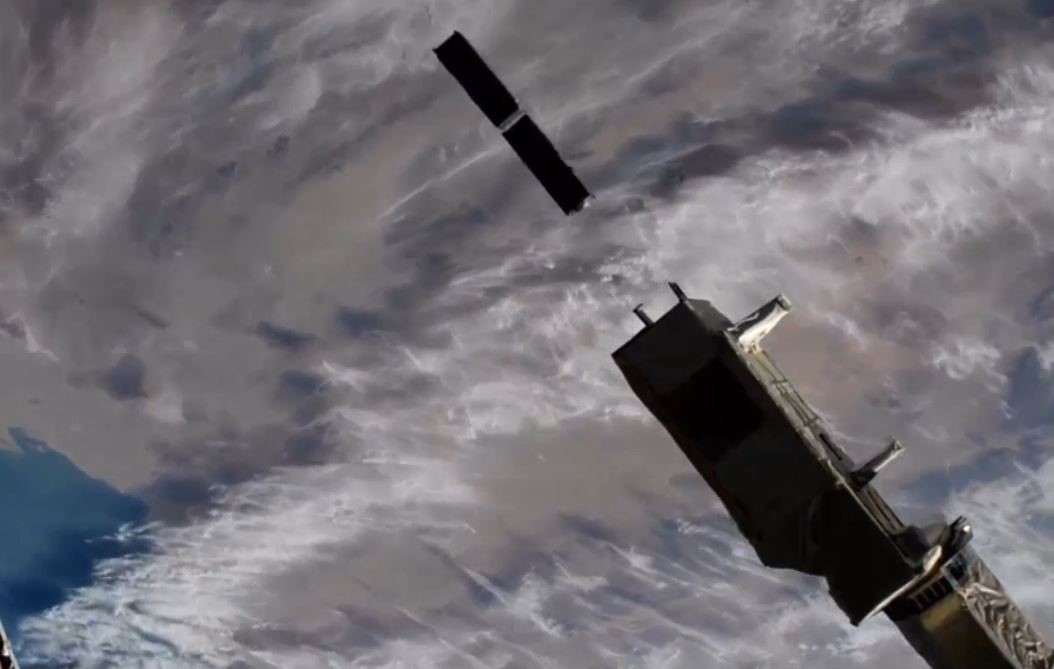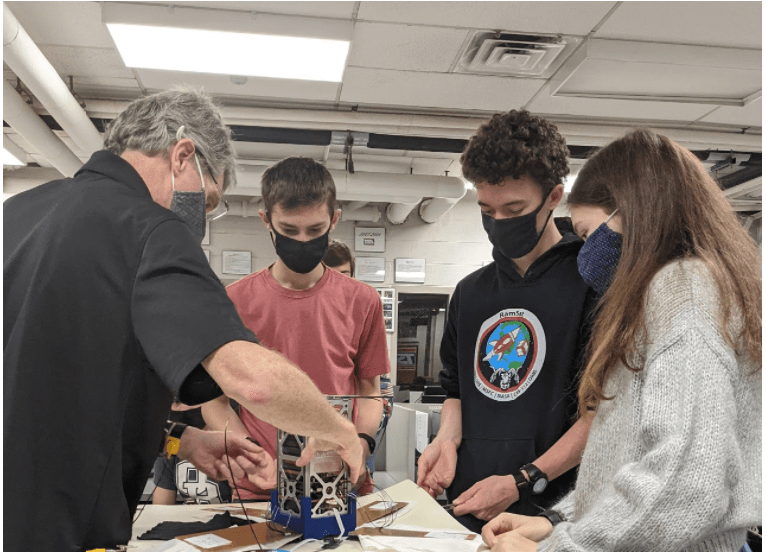Educational institutions, nonprofit organizations, and NASA centers can contribute to the study of Earth, its atmosphere, and beyond while helping NASA achieve its exploration goals through the next round of the agency’s CubeSat Launch Initiative (CSLI).
CSLI provides CubeSat developers with a low-cost pathway to conduct research in space that advances NASA’s strategic goals in the areas of education, science, and technology development. Schools, universities, nonprofit organizations, and NASA centers and programs can gain hands-on experience designing, building, and operating these small research satellites.
Applicants must submit proposals online by 4:30 p.m. EST, November 19, 2021.
To date, NASA has selected 202 CubeSat missions, 119 of which have been launched into space, with 59 more missions scheduled for launch within the next 12 months. The selected CubeSats represent participants from 42 states, the District of Columbia, Puerto Rico, and 102 unique organizations.
NASA will make selections by March 11, 2022, although selection does not guarantee a launch opportunity. Selected experiments will be considered as auxiliary payloads on NASA, commercial, or DoD launches, or for deployment from the International Space Station (ISS) beginning in 2023 through 2026. Applicants are responsible for funding the development of the small satellites.
For this round of the initiative, NASA is particularly interested in participation from organizations in the 8 states not previously selected. These states are Delaware, Mississippi, Nevada, North Carolina, Oklahoma, South Carolina, South Dakota, and Wyoming.
CubeSats are part of a class of research spacecraft called nanosatellites. These small research satellites are built to standard dimensions (Units or “U”) of approximately 10 cm x 10 cm x 11 cm (about 3.9 in x 3.9 in x 4 in). They can be 1U to 12U in volume. The smallest CubeSats typically weigh less than 1.33 kilograms (3 pounds) and the largest around 24 kilograms (53 pounds). The final allowable mass depends upon the selected dispenser and the launch vehicle environment.
Small satellites like CubeSats play a valuable role in the agency’s educational, science, and technology investigations, including planetary exploration, Earth observation, and fundamental Earth and space science. They are a cornerstone in the development of cutting-edge NASA technologies like laser communications, satellite-to-satellite communications, and autonomous movement.
CSLI is managed by NASA’s Launch Services Program based at the agency’s Kennedy Space Center in Florida. For more information about NASA’s CubeSat Launch Initiative, follow us on Facebook and Twitter or visit:






























